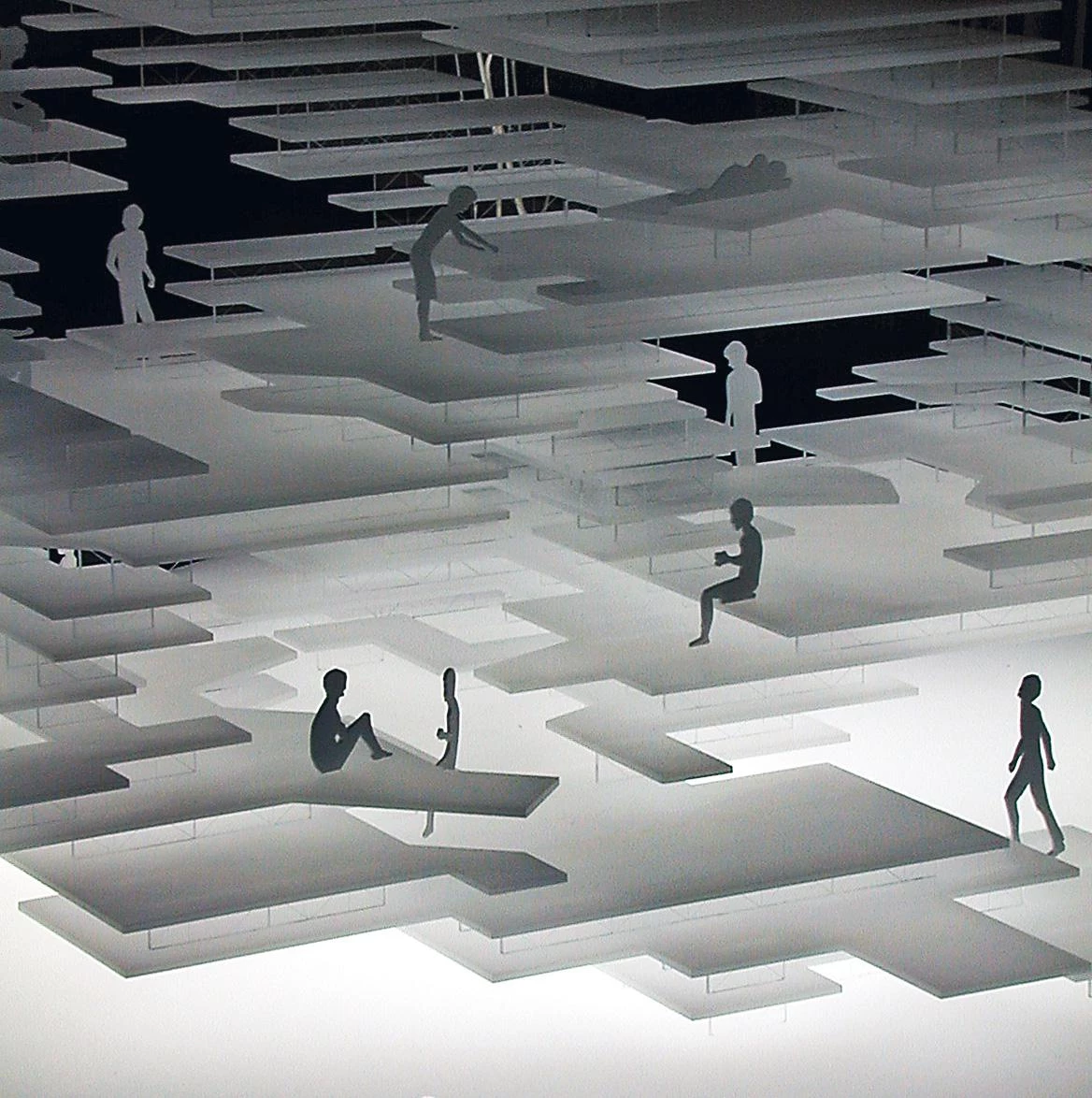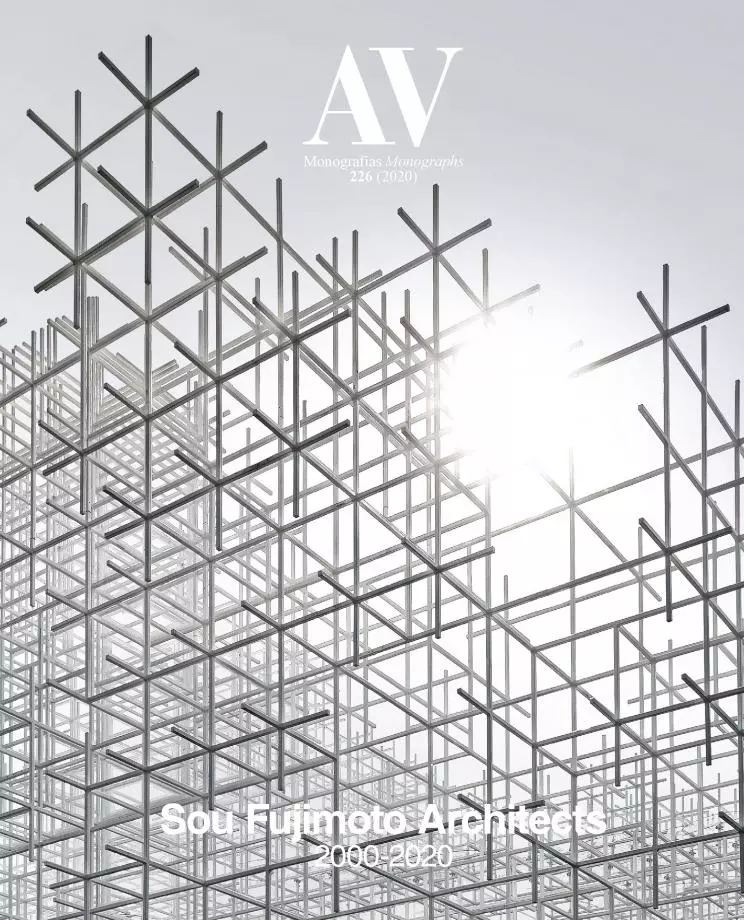Difference and Repetition

Sou Fujimoto is an anomaly in the Japanese architectural world. Though he graduated from the University of Tokyo – a prestigious institution, to be sure – he has never worked for another architect, and in Japan the office at which you apprentice is more important than the school you attend. Admittedly, the distinction can be unclear. Many high-profile professors treat their university studios as annexes to their offices, engaging their students in real projects, but almost every significant Japanese architect once worked under a significant architect from the previous generation. The early years of a typical career are spent in the office of a guru who demands total commitment of time and energy, outrageous working hours for tiny remuneration, and fealty to a personal design agenda. While the educational value of such an experience is incalculable, the offices are not just de facto graduate schools; they are incubators for guildlike lineages that each perpetuate and refine an idiosyncratic tradition, then pass it on to the next generation. Indeed, after a young architect leaves to establish an independent practice, there is no Oedipal rejection of their erstwhile mentor, but rather an ongoing engagement and dialogue. Overt deference paid to senior figures is complemented by a less overt but no less binding obligation for them to nurture and support their juniors. The famously overworked and underpaid – or more often, unpaid – interns that populate every Japanese architectural office are not merely being exploited for free labor (a moot point at best), but are being initiated into a community that will sustain them throughout their careers. To be outside this web of reciprocal support is to have no place at all... [+]





